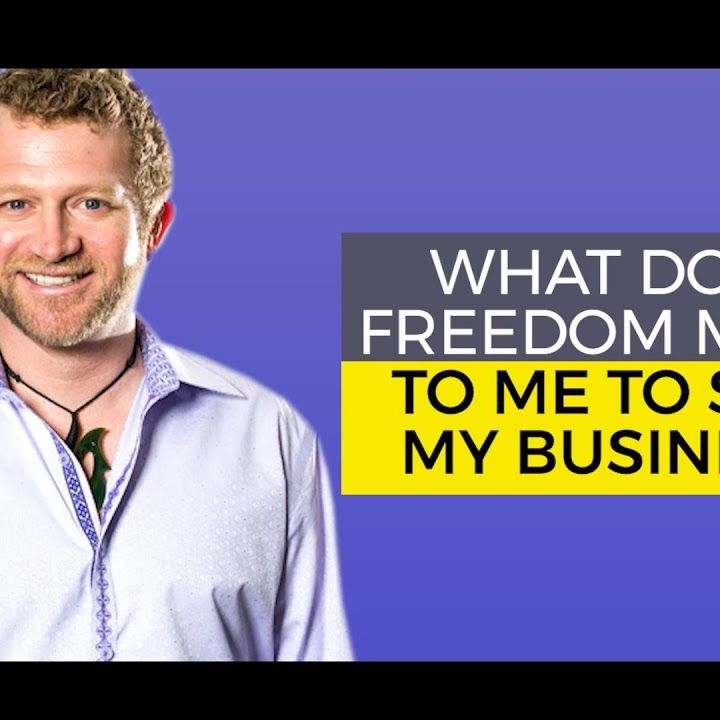To keep knowing and advancing your career, the following resources will be practical:.
Growth equity is often explained as the personal financial investment method occupying the middle ground in between equity capital and conventional leveraged buyout techniques. While this might be true, the strategy has progressed into more than just an intermediate personal investing approach. Growth equity is frequently explained as the private financial investment strategy inhabiting the happy medium between endeavor capital and traditional leveraged buyout techniques.
This combination of factors can be engaging in any environment, and even more so in the latter stages of the market cycle. Was this post handy? Yes, No, END NOTES (1) Source: National Center for the Middle Market. Q3 2018. (2) Source: Credit Suisse, "The Incredible Diminishing Universe of Stocks: The Causes and Effects of Fewer U.S.
Alternative investments are complex, speculative investment vehicles and are not appropriate for all investors. A financial investment in an alternative investment requires a high degree of danger and no assurance can be considered that any alternative financial investment fund's financial investment objectives will be accomplished or that investors will get a return of their capital.

This industry details and its significance is an opinion only and needs to not be trusted as the only essential details offered. Information contained herein has actually been acquired from sources believed to be reputable, however not ensured, and i, Capital Network assumes no liability for the information supplied. This information is the home of i, Capital Network.
This investment strategy has helped coin the term "Leveraged Buyout" (LBO). LBOs are the primary financial investment strategy type of the majority of Private Equity companies.
As mentioned previously, the most notorious of these deals was KKR's $31. 1 billion RJR Nabisco buyout. Although this was the largest leveraged buyout ever at the time, lots of people believed at the time that the RJR Nabisco deal represented the end of the private equity boom of the 1980s, because KKR's financial investment, nevertheless well-known, was eventually a considerable failure for the KKR investors who bought the business.
In addition, a great deal of the cash that was raised in the boom years (2005-2007) still has yet to be utilized for buyouts. This overhang of dedicated capital prevents lots of investors from devoting to invest in brand-new PE funds. Overall, it is estimated that PE companies manage over $2 trillion in assets around the world today, with near to $1 trillion in committed capital readily available to make new PE financial investments (this capital is sometimes called "dry powder" in the industry). private equity tyler tysdal.
A preliminary financial investment might be seed financing for the business to tyler tysdal lone tree start building its operations. Later on, if the company proves that it has a feasible item, it can obtain Series A funding for further growth. A start-up company can finish a number of rounds of series financing prior to going public or being gotten by a financial sponsor or tactical buyer.
Leading LBO PE companies are characterized by their large fund size; they have the ability to make the largest buyouts and handle the most financial obligation. LBO deals come in all shapes and sizes. Overall transaction sizes can vary from 10s of millions to 10s of billions of dollars, and can happen on target companies in a variety of markets and sectors.
Prior to performing a distressed buyout chance, a distressed buyout firm has to make judgments about the target company's worth, the survivability, the legal and reorganizing issues that might develop (need to the business's distressed possessions require to be reorganized), and whether or not the creditors of the target business will become equity holders.
The PE company is required to invest each respective fund's capital within a period of about 5-7 years and after that usually has another 5-7 years to offer (exit) the investments. PE companies normally utilize about 90% of the balance of their funds for new financial investments, and reserve about 10% for capital to be used by their portfolio business (bolt-on acquisitions, extra readily available capital, and so on).

Fund 1's committed capital is being invested over time, and being gone back to the restricted partners as the portfolio business because fund are being exited/sold. Therefore, as a PE company nears the end of Fund 1, it will need to raise a brand-new fund from new and existing restricted partners to sustain its operations.